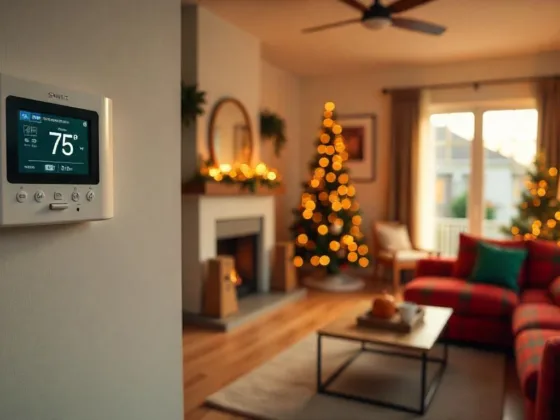Table of Contents Show
Whatever else we hope for from our homes, safety should always be the first priority. Injuries that occur in the home send around 2.7 million British people to the hospital every year, and some of the most common causes of these are trips and falls, burns, cuts, and falling objects. These injuries tend to particularly affect children and the elderly.

Sadly, around 6,000 of these home accidents result in death and may lead to fatal injury compensation claims. While accidents do happen, there are ways in which you can help to avoid the more serious incidents. In this article, we’re looking at architecture to avoid injuries – designing homes the smart way.
8 Architectural Features in Homes That Can Avoid Injuries
1. Smarter staircases
Falling down (and even up) stairs is one of the most common at-home causes of injury in the UK. Many architects are tackling this problem by building homes featuring smart staircases.
Unlike the traditional staircases, the smart version features intermediate landings and, in some instances, second, child-height railings or banisters to make moving from floor to floor easier and safer. In some buildings, staircases are also being designed with handrails on each side to add an extra layer of safety to this hazardous area of the home.
2. Better balconies
A balcony is a great addition to a home, but it can also be a dangerous one. Falling from a balcony can result in serious injury or death, such as the tragic case of Sharon Anne Daly-O’Dwyer on Christmas Day last year.
Designing balconies with parapet walls, or even creating greenhouse balconies, can significantly help to cut down on these devastating accidents.
Read Also:
3. Walls and wainscotting
At one time or another, most of us have rapped a shin or an elbow on the corner of a wall and, while not usually serious, this can certainly be painful. Clever architects are now introducing rounded corners on walls to help to reduce those bumps and bruises caused by sharp corners.
4. Wonderful windows
In March 1991, Conor Clapton, the four-year-old son of musician Eric Clapton, sadly passed away after falling from the open window of a 53rd-floor apartment. Falls from windows are unfortunately quite common, and home designers are combating this issue by placing windows above the height that a child is easily able to reach.
Many windows are now also being fitted with tempered glass; a form of safety glass that is designed to not break or shatter easily.
5. Electrical hazards
Every year, around 70 people in the UK are killed by being electrocuted in their own homes. In the traditional home, the only real protection against this is the fuse box, however, homes are now being designed and built with RCD (Residual-Current Device) protection.
These devices offer further protection against electrocution by shutting off the flow of electricity in circumstances such as touching a bare wire or dropping an electrical device into water.
6. Preventing kitchen calamities
The average kitchen is a treasure trove of dangers; particularly for young children. In a smart home, ovens, cabinets, and waste disposal systems are automatically fitted with child-proof locks to help prevent the burning and cutting of curious little fingers. Additionally, shelves with in-built knife holders are placed well above the height that a child can reach.
7. Brilliant bathrooms
As well as injury, germs can pose a risk to our health within our homes, and lots of architects are turning to infrared and touch-free controls in the bathroom to prevent the spread of germs. This is something that has become increasingly popular during the COVID-19 pandemic.
In addition to these measures, shower cubicles and bathtubs are being designed with specialist non-slip surfaces to prevent the all-too-common bathroom accidents.
8. A sense of safety
Fire and flood within the home can cause serious injury to our families, as well as to our bank balances. Most homes now have smoke alarms, however, architects are now adding heat and water sensors to buildings.
These are able to alert residents to the presence of unwanted water and excess heat. The sensors can give residents valuable extra time in which to evacuate the property and get the problem fixed.
Smart Architecture is Saving Lives
Our homes are supposed to be our haven and a sanctuary from the outside world and, as such, should be as risk-free as possible. The designing and building of smarter homes with more safety features are without a doubt the way forward when it comes to reducing accidents that result in a trip to A&E, or worse.
Homeowners can also help themselves by checking their homes for hazards such as loose carpets or rugs, exposed electrical cords, unstable objects placed on high shelves, and more.
Please be advised that this article is for general informational purposes only, and should not be used as a substitute for advice from trained health and safety professionals. Be sure to consult a health and safety professional if you’re seeking advice about health and safety in your home. We are not liable for risks or issues associated with using or acting upon the information on this site.











